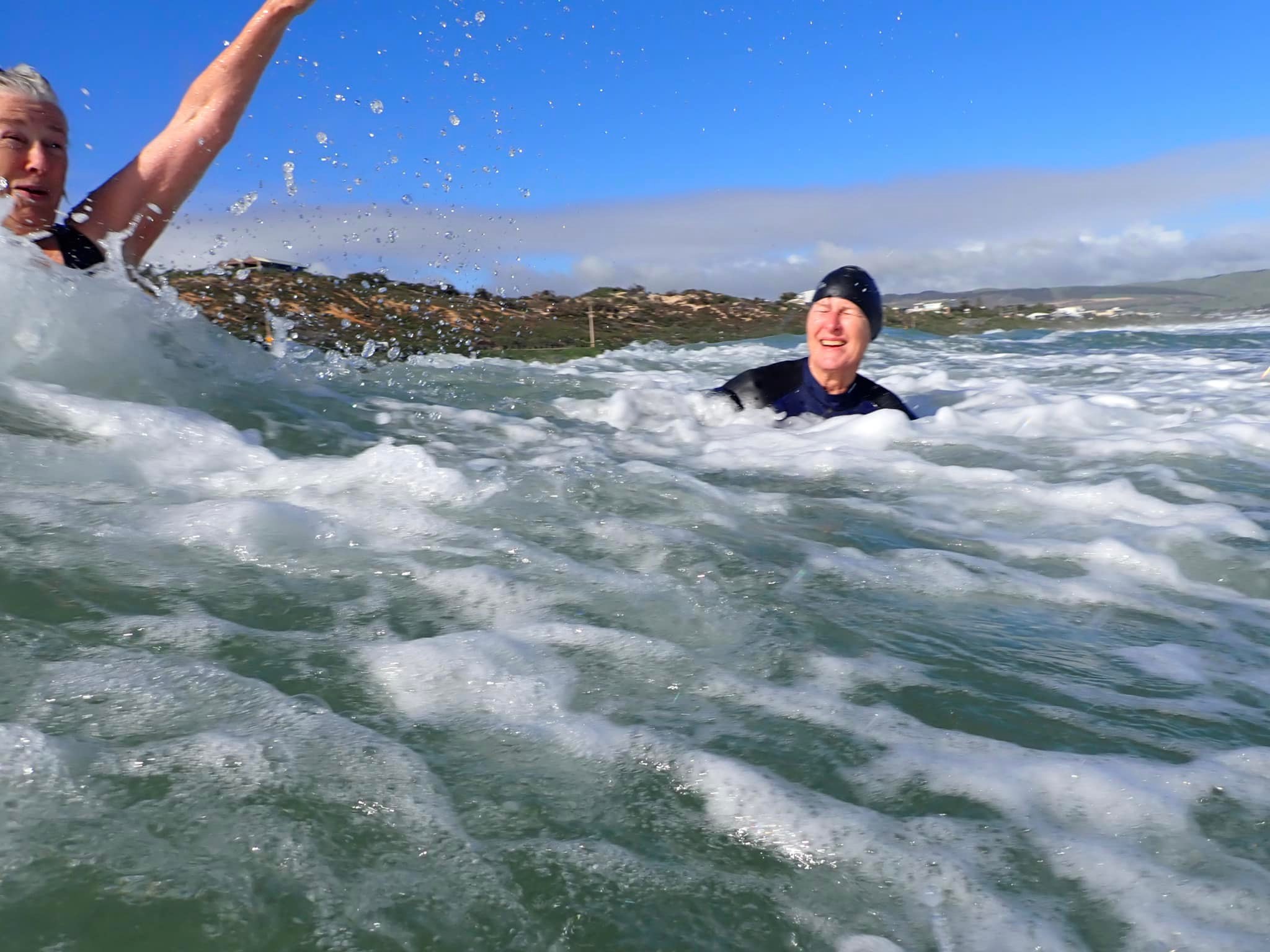It’s not a stretch to say that exercise or movement is the number one way to preserve our quality of life as we get older, but many of us struggle to be consistent, don’t do enough to make a difference, or get ourselves injured. So here are five principles to bear in mind.
- Rinse and repeat
Movement needs to be regular to be beneficial. We don’t have to do wonders; we just have to do something. Consistently.
Don’t have time to walk for 30 minutes? Go for 10. Or around the block. Maybe you can fit in another five later in the day. Something always beats nothing.
My own exercise is often in a gym around lunchtime as I’m driving that way. If I feel hungry — which I do at least half the time — I’m tempted to keep going and eat instead, telling myself I’ll go back and exercise later, even though that would mean retracing my steps, driving through late afternoon traffic and getting to the gym when it’s busy.
I’ve learned that I’m better to just go at lunchtime and do something. Once I’m there, I usually discover I won’t die from starvation and can do more than I thought.
- Like Goldilocks, aim for the ‘just right’ zone
A lot of us do too little or too much or bounce from one to the other.
More women do too little, and as a result aren’t resilient enough to manage old age.
There are lots of reasons for this, including never having been particularly active and not appreciating that it matters, under-estimating how much we need to do (working up to half an hour of moderate activity most days is a reasonable guide), confusing busyness for beneficial physical activity, and not making time for ourselves.
For those who do too much and get injured it’s important to recognise that the body’s tissues need time to adapt, especially when we’re older.
If we want to start walking, it doesn’t work to go from zero to five kilometres in week one. It’s smarter to do less than we think we can, wear suitable, supportive shoes and do it every second day to see how we go. Set the bar low and let those tissues get used to the new regime.
- Follow the hard-easy principle
Demanding activity needs to be balanced with rest or taking it easy. And a lot of things can be demanding, such as wearing heels for a night, working in the yard over an uneven surface, standing for hours on a hard floor, or picking up and carrying a toddler.
I’ve got a friend in her 50s who likes running. She hasn’t done it in over a year because she hurt her knee running at the same time as she was packing up her house. House moving has us doing more and different activity from what we’re used to.
She moved countries, bought a house and started renovations, including making concrete paths. In the midst of moving furniture and laying concrete she decided to go for a run again. Lo and behold, her knee hurts.
Emotional stress takes its own toll. When we have a lot on our plate, exercise can help us deal with it, but that’s not the time to take on something more strenuous.
No matter how resilient we think we are, if we’ve done something out of the ordinary, it’s wise to give our bodies a break. If we keep loading the same tissues, sooner or later they object.
We also need to bury the ‘no pain, no gain’ idea for good. Ideally, we want to finish an exercise session (or a bout of housework or yard work) feeling good, not spent.
- Be realistic about your needs
Some of us are proactive, self-sufficient, organised and have no difficulty fitting exercise into our lives. And for some of us, they’re not our strengths. If we’re in the latter group, we need company and a ready-made structure.
We’re better off joining a class or walking with a group rather than thinking we’ll exercise at home or by ourselves.
Yet how many of us have bought equipment to use at home because we reason that it’s cheaper and more convenient? It’s false economy if that gear ends up in the local kerbside clean-up though.
So think about the nature of your life, who you are and your exercise history to come up with a solution that will suit you. Of course, this applies at any age.
5. Choose what makes you feel good
Include something genuinely uplifting in your exercise portfolio. It might be the delight of walking in the bush or surfing the waves, the peace of time to yourself, the exuberance of dancing, the fun of being with friends, or the satisfaction of having used your body. While movement is great for us, there’s an unfortunate push in the health world to position it as ‘medicine’. And while there’s obvious merit in having GPs give patients prescriptions for exercise rather than pills, we don’t want to lose the joy factor. It’s up to each of us to work out what that looks like for us.
To sum up:
- Movement is only beneficial when it’s regular.
- Something always beats nothing.
- Too little or too much doesn’t work.
- Tissues need time to adapt. If we keep loading them, they’ll object.
- Forget no pain, no gain.
- Know yourself well enough to make choices that will work for you.
- And finally, find your own kind of joy.
Photo Source: Kay Hannaford

